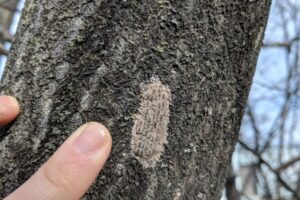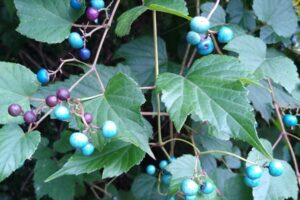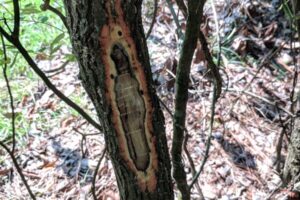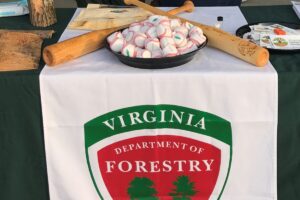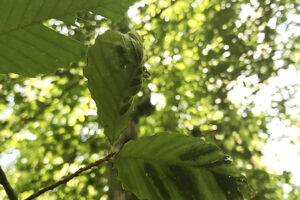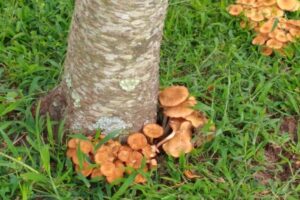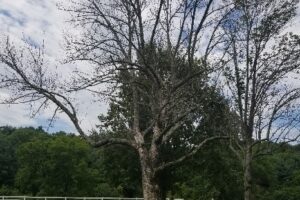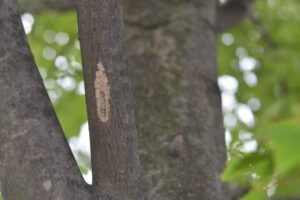Spotted Lanternfly Egg Mass Scouting – DIY!
February 23, 2022 - By Lori Chamberlin, DOF Forest Health Manager If you are in search of a fun winter activity, look no further! The spotted lanternfly (or SLF, for short), an invasive insect that was discovered in Virginia in 2018, continues to spread, and we need your help finding egg masses. Spotted lanternfly egg masses are laid in the fall, survive through the winter, and then hatch in the spring. Each egg mass... Read More

